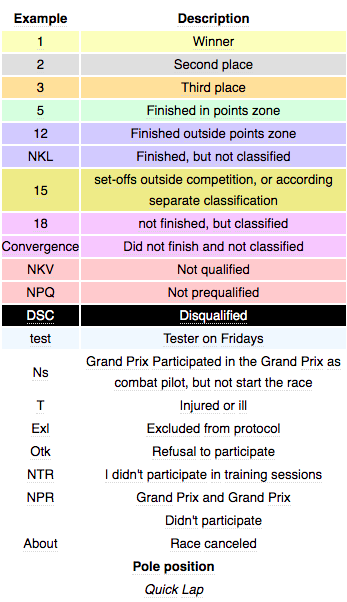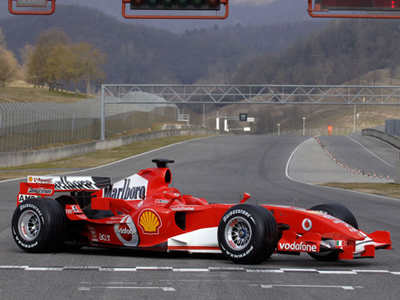 In 2006, the automotive world witnessed a significant shift in Formula One regulations as 3-liter V10 engines were replaced by 2.4-liter V8 powerplants. This transition marked the return of Ferrari to their traditional naming scheme, incorporating the engine’s volume and cylinder count into the model index, leading to the birth of the 2006 Ferrari F1, also known as the 248 F1. This iconic vehicle represented a new era in Formula One, boasting remarkable engineering and performance enhancements that would set the stage for a thrilling season.
In 2006, the automotive world witnessed a significant shift in Formula One regulations as 3-liter V10 engines were replaced by 2.4-liter V8 powerplants. This transition marked the return of Ferrari to their traditional naming scheme, incorporating the engine’s volume and cylinder count into the model index, leading to the birth of the 2006 Ferrari F1, also known as the 248 F1. This iconic vehicle represented a new era in Formula One, boasting remarkable engineering and performance enhancements that would set the stage for a thrilling season.

Celebrating Excellence: The Legacy of the F1 248 Ferrari and Its Impact on Formula One Racing
The F1 248 Ferrari, a remarkable Formula One racing car, is the outcome of the collaborative genius of the renowned designers Rory Byrne and Aldo Costa. This exceptional machine was meticulously crafted by the highly skilled team at Scuderia Ferrari Marlboro, with the sole purpose of competing on the global stage in the prestigious World Championship.
One of the standout moments in the F1 248 Ferrari’s illustrious career was its appearance at the German Grand Prix, where the legendary Michael Schumacher expertly piloted the F2005 Ferrari variant. This race not only showcased the prowess of Schumacher but also highlighted the sheer power and engineering excellence that Ferrari is synonymous with.
The nomenclature of this extraordinary vehicle is rather intriguing, as it harkens back to the historical calculations employed by Ferrari. The designation “B” is derived from its voluminous character, embodying a V8 engine with a capacity of 24 cubic centimeters (cc) presented in deciliters and housing a remarkable eight cylinders. This unique configuration is a testament to Ferrari’s commitment to precision and innovation in motorsport.
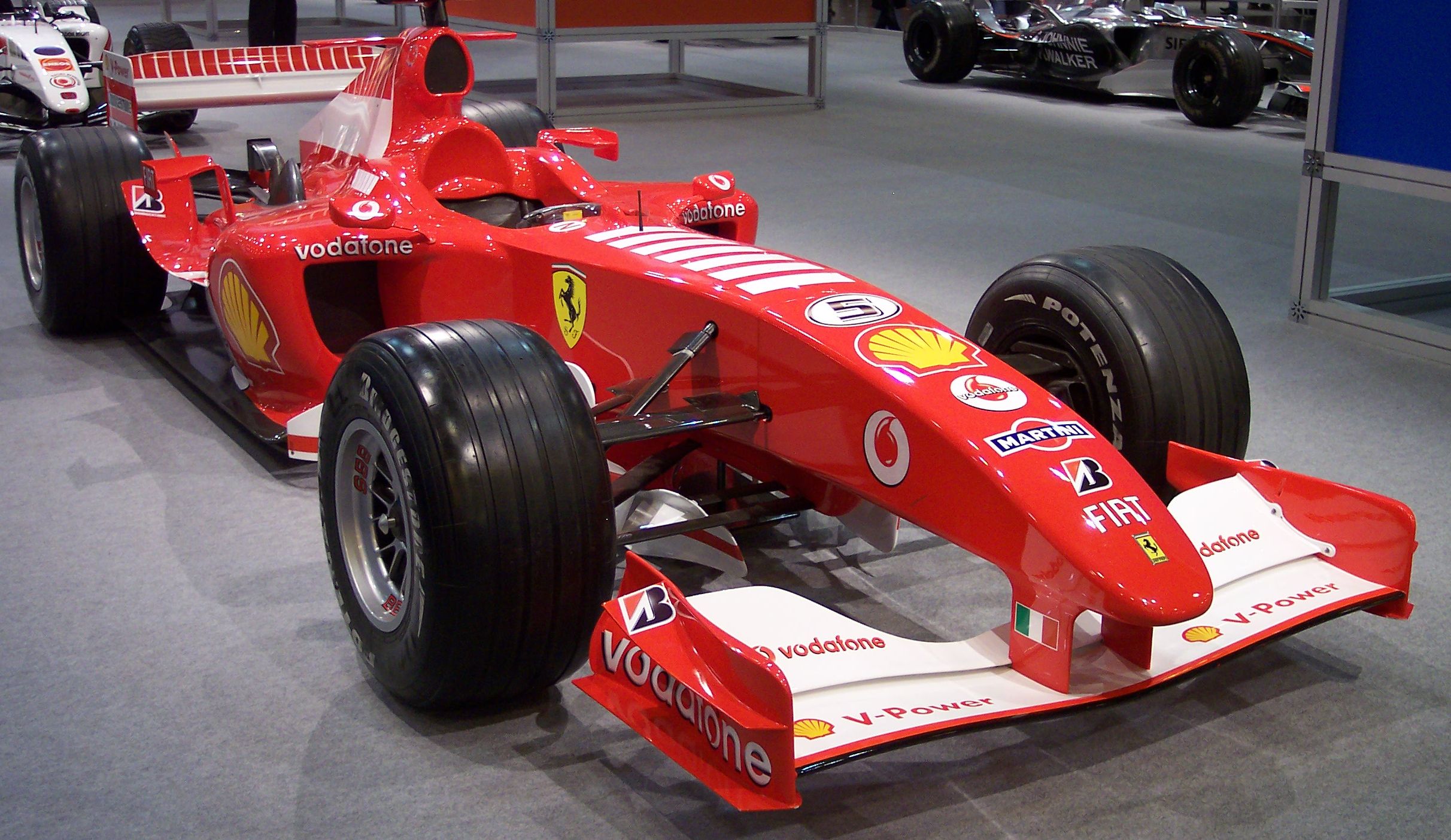
The F2005 model, as an evolved iteration of its predecessor, featured the Ferrari 056 V8 engine. This new powerplant, although shorter in stature than the previous 055 V10 engine, had a profound impact on the car’s overall performance. Notably, this alteration resulted in a shorter wheelbase, enhancing the car’s agility and handling capabilities. The F2005’s engine boasted an initial power output of 730 horsepower (hp), but through meticulous engineering and innovation, it was fine-tuned to produce a remarkable 785 hp. This impressive achievement underlines Ferrari’s dedication to pushing the boundaries of automotive excellence.
Furthermore, it’s worth noting that the 248 F1 holds a special place in the annals of Formula One history as the last car constructed on the innovative principle of the “keel.” This unique design philosophy not only enhanced the car’s structural integrity but also improved its aerodynamic efficiency. It remains a testament to Ferrari’s unwavering commitment to technological advancement and excellence in motorsport.
In addition to these technical details, it’s imperative to analyze the results of the F1 248 Ferrari’s performances in Formula 1. These races are not just competitions but vibrant spectacles that captivate motorsport enthusiasts around the world. The table presented below offers an extensive overview of the Grand Prix results, encompassing a myriad of seasons and various Grand Prix stages. Each entry within this comprehensive tableau features the abbreviated name of the stage and the corresponding rider’s result. Additionally, color-coded indicators are used to provide further insights and context, creating a visually rich and informative resource for enthusiasts.
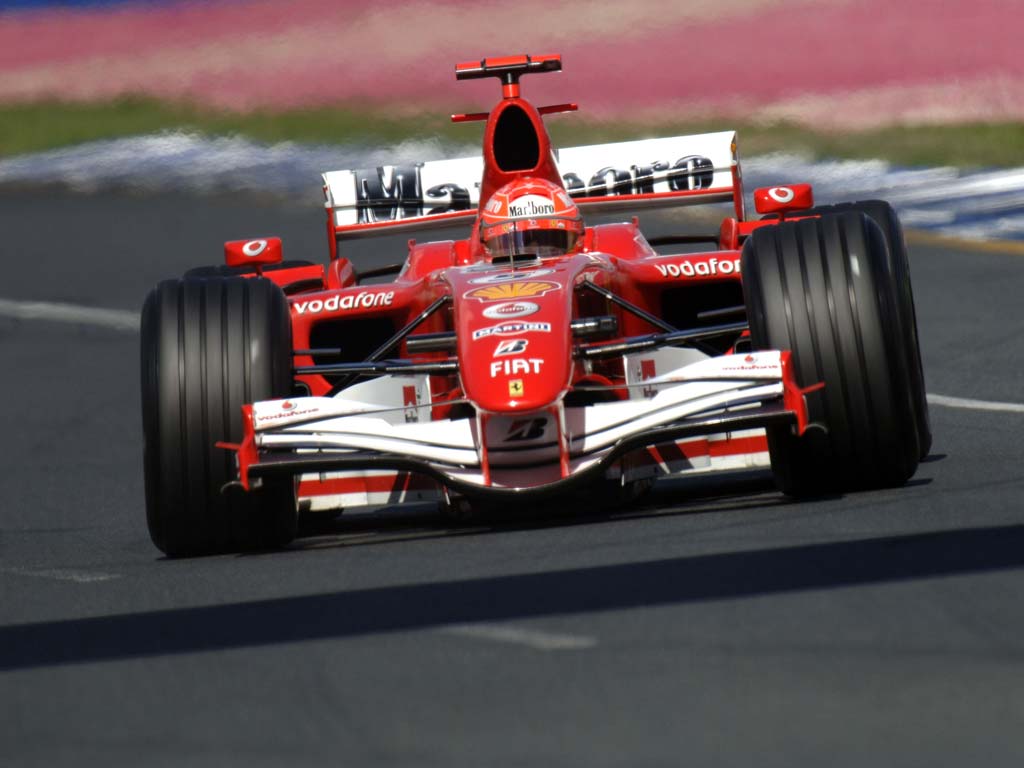
The Evolution of the Ferrari: 248 F1, 2006.
In 2006, the rules changed again. Three-liter V10 engines were replaced by 2.4-liter V8s, which affected the name of the new Ferrari car: the team returned to the traditional scheme, using the volume and number of cylinders of the engine in the model index.
In addition to the appearance of new engines, was canceled the ban introduced a year earlier on the change of tires in the course of the race. The car had to be built virtually from scratch, but chief designer Rory Byrne announced his retirement at the end of 2004, although then and supervised the project F2005. The 2006 car was built by another designer, Aldo Costa, who worked for many years as Burn’s assistant. Before the start of the new season it was announced that to help him will be Nicholas Tombasis, former head of aerodynamics Scuderia, the previous two years worked in McLaren.
On the 248 F1, the rear view mirrors were not attached to the cockpit, but to the side pontoons. The pontoons themselves also changed – their layout was completely redesigned. Changes included the air intake and engine cowling, aerodynamic elements on the side pontoons and the exhaust system. Despite the fact that the 8-cylinder engine is shorter than the 10-cylinder engine, Ferrari decided not to reduce the base of the car. The power of the new engine at the beginning of the season was about 730 hp, and as the season progressed it increased to 785 hp.
Another change for Ferrari was the appearance of a new pilot. Rubens Barrichello was replaced by another Brazilian, Felipe Massa. And in the course of the championship, at the Italian Grand Prix, Michael Schumacher announced the end of his career.
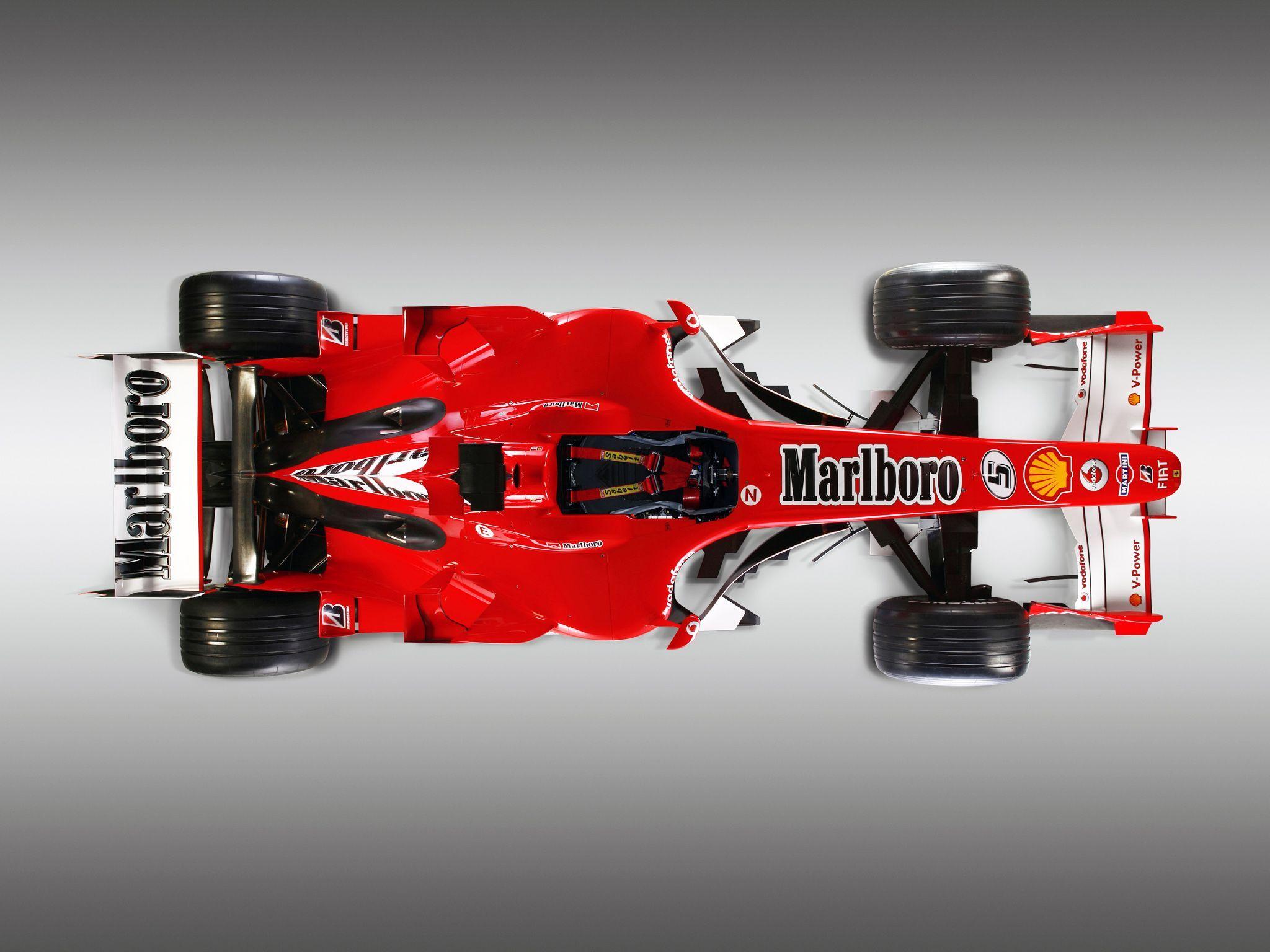
Turning Flaws into Victory
The 2006 World Championship for Ferrari consisted of two parts. The first half of the season was dominated by Renault and Fernando Alonso, and from the US Grand Prix onwards by Ferrari. Memories of the disappointing 2005 season were gradually forgotten, thanks to the wins, poles and fastest laps scored by the 248 F1. The hard work of the Scuderia specialists allowed them to turn a car with obvious flaws into a real weapon of victory in a few months.
To achieve the necessary performance, all elements of the car were revised and finalized. The project of the unfortunate F2005 was thrown in the garbage can, on the 248 F1 Tombasis returned to the “spoon-shaped” front wing, to which two additional planes were added to increase downforce on the front axle. There are several new deflectors on the car and a modified engine air intake.
As the season progressed, the internal airflow through the side pontoons was redistributed to achieve more downforce. Other technical features on the 2006 Ferrari included sophisticated brake fairings, the so-called “tambourines”, which helped organize the airflow between the wheels and the body of the car.
With this car, Michael Schumacher had the opportunity to end his career brightly, had the Ferrari engine not given out a breath a few laps before the end of the Japanese Grand Prix, when the eighth title of his career seemed to be in hand.

Ferrari 248 F1 Performance Results in Formula 1 Races
The beginning of the season for Ferrari was not too successful – in the first nine races pilots Renault won seven victories, and Schumacher – only two. In the second half of the championship situation changed to the opposite, and after a series of victories Michael Schumacher caught up with Fernando Alonso on points. Before the finish was still two races, and Ferrari had an advantage over the French team, but in Japan, confidently leading Michael came off because of engine failure.
Before the last stage in Brazil, the German retained a theoretical chance of the title, for which he needed to win, and Alonso should not score a single point. However, Schumacher was once again a failure: already in qualifying, showing the best time in the second part, he could not drive a single lap in the third, and started only 10th. In the race Michael managed a quick breakthrough, but a tire puncture threw him to the end of the peloton. The seven-time world champion managed to make his way to the finish line in fourth place, but it was not enough to become an eight-time world champion.
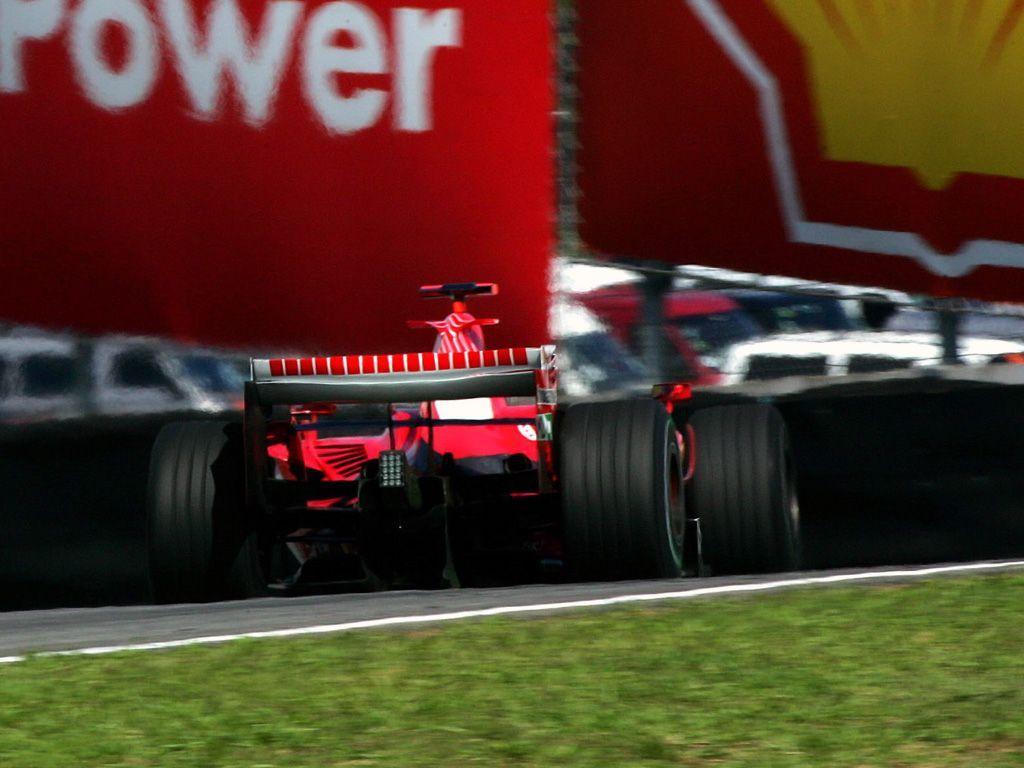
Results of performances in Formula 1

Legend to table
The Grand Prix results listed in the Formula 1 Grand Prix table, in which driver took part. The rows table are seasons, and the columns are Grand Prix stages. box contains abbreviated name stage and result rider, additionally indicated color. An explanation symbols and colors presented in following table.
